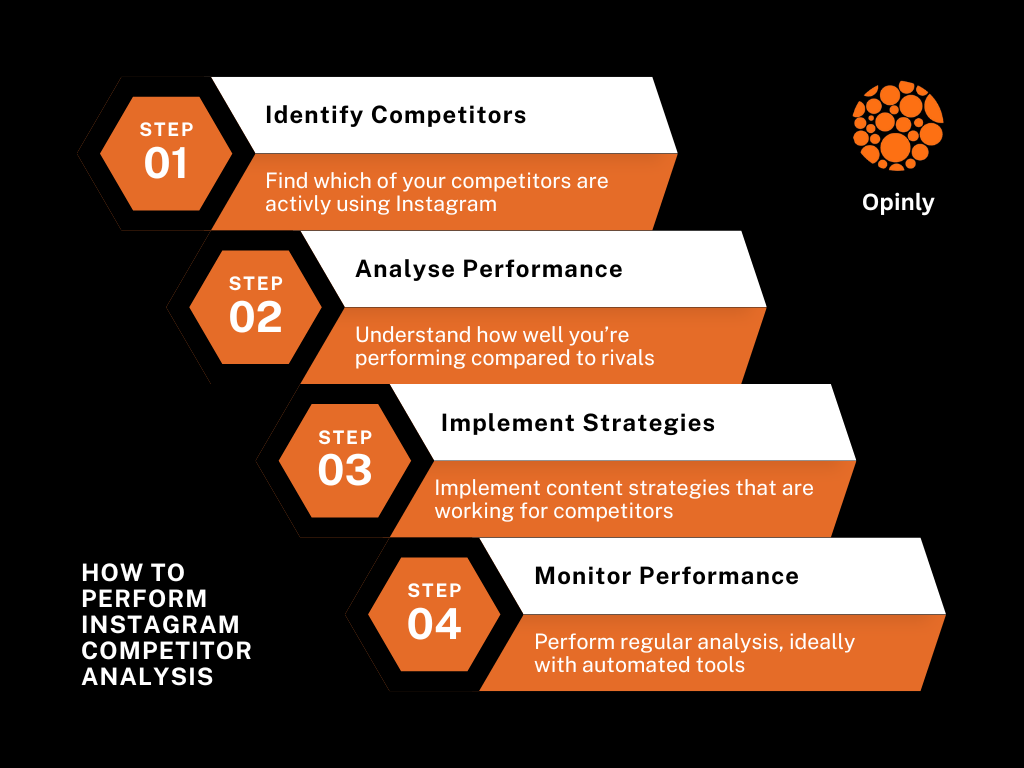How to Effectively Reduce Spam from Your WordPress Contact Us Page
Strategies you can implement to minimize or even eliminate spam submissions to contact forms on WordPress.

Spam can be a significant nuisance for website owners, especially when it clogs up your inbox and distracts you from genuine inquiries. You're not alone if you're running a WordPress website and are inundated with spam messages from your contact form. Fortunately, there are several strategies you can implement to minimize or even eliminate spam submissions.
1. Implement CAPTCHA Verification
CAPTCHA (Completely Automated Public Turing test to tell Computers and Humans Apart) is one of the most effective tools against spambots.
- Google reCAPTCHA: Integrate Google's reCAPTCHA into your contact form. It requires users to check a box or solve a simple challenge to verify their human identity.
- hCaptcha: An alternative to reCAPTCHA that also protects user privacy.
- Math Captcha: Users solve a fundamental math problem, which is easy for humans but difficult for bots.
How to Implement:
Most form plugins like Contact Form 7, WPForms, or Gravity Forms offer built-in support or add-ons for CAPTCHA services. Install the relevant plugin and follow the setup instructions to integrate CAPTCHA into your forms.
2. Use the Honeypot Technique
A honeypot is an invisible field added to your form that is hidden from human users via CSS but visible to bots. When a bot fills out this field, it flags the submission as spam.
How to Implement:
- WPForms: A built-in honeypot feature can be enabled in the settings.
- Contact Form 7 Honeypot: A dedicated plugin that adds honeypot functionality to Contact Form 7 forms.
3. Install Anti-Spam Plugins
Dedicated anti-spam plugins can filter out unwanted submissions effectively.
- Akismet Anti-Spam: Developed by Automattic, Akismet checks your form submissions against their vast database to filter out spam.
- Antispam Bee: A free alternative that offers reliable spam filtering without the need for CAPTCHAs.
- Spam Protection, AntiSpam, FireWall by CleanTalk: A comprehensive solution that blocks spam in comments, registrations, and contact forms.
How to Implement:
- Install the chosen plugin from the WordPress plugin repository.
- Activate it and configure the settings according to your needs.
4. Limit Form Submissions
By limiting the number of submissions from a single IP address within a specific time frame, you can reduce spam.
How to Implement:
- Form Plugins with Rate Limiting: Some form plugins offer rate-limiting features.
- Third-Party Plugins: Plugins like Limit Attempts by BestWebSoft can help control submission frequency.
5. Block IP Addresses
If you notice spam coming from specific IP addresses, you can block them.
How to Implement:
- WordPress Dashboard: Go to your hosting control panel or use security plugins like Wordfence to block IPs.
- .htaccess File: Add directives to your
.htaccessfile to prevent access from certain IPs.
Note: Be cautious when blocking IPs to avoid accidentally blocking legitimate users.
6. Require Email Verification
Adding an email verification step can deter spam bots.
How to Implement:
- Use form plugins that send a verification email to the user before the submission is considered valid.
- Double Opt-In: Especially useful for newsletter sign-ups or user registrations.
7. Disable Autofill for Forms
Prevent browsers and bots from autofilling your form fields.
How to Implement:
- Add the attribute
autocomplete="off"to your form fields.htmlCopy code<input type="text" name="name" autocomplete="off">
8. Customize Form Field Names
Bots often target forms with standard field names like "email" or "name."
How to Implement:
- Change field names to something less predictable.
- Be sure to map these custom fields correctly in your form processing script.
9. Keep WordPress and Plugins Updated
Outdated plugins or WordPress versions can have vulnerabilities that bots exploit.
How to Implement:
- Regularly update WordPress core, themes, and plugins.
- Remove any unused plugins or themes to reduce potential vulnerabilities.
10. Use JavaScript to Render Forms
Some bots can't process JavaScript. By rendering your form through JavaScript, you may prevent these bots from seeing it.
How to Implement:
- Use form plugins that offer JavaScript rendering options.
- Be mindful that this may affect SEO and accessibility if not implemented correctly.
Conclusion
Dealing with spam on your contact page can be frustrating, but with the right tools and strategies, you can significantly reduce unwanted submissions. Implementing a combination of the methods above will provide a robust defense against spam bots while ensuring genuine users can still reach you without unnecessary hurdles.
Remember: Always prioritize user experience. While it's essential to keep spam at bay, ensure that your contact form remains user-friendly and accessible to your legitimate visitors.
Additional Tips
- Regular Monitoring: Keep an eye on your form submissions to catch any new spam trends early.
- Accessibility Considerations: When adding CAPTCHAs or other verification methods, ensure they are accessible to all users, including those with disabilities.
- Professional Assistance: If spam becomes unmanageable, consider consulting with a web security professional for advanced solutions.
By staying proactive and regularly updating your anti-spam measures, you can maintain a clean and efficient communication channel through your WordPress contact page.




